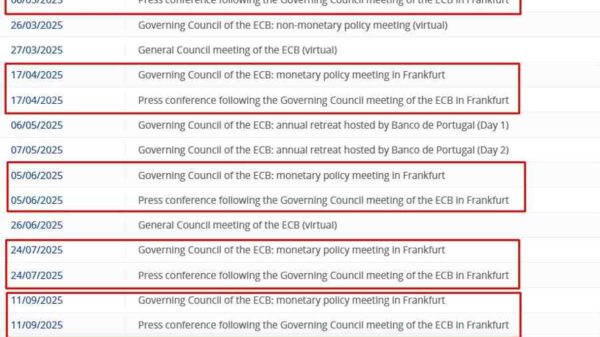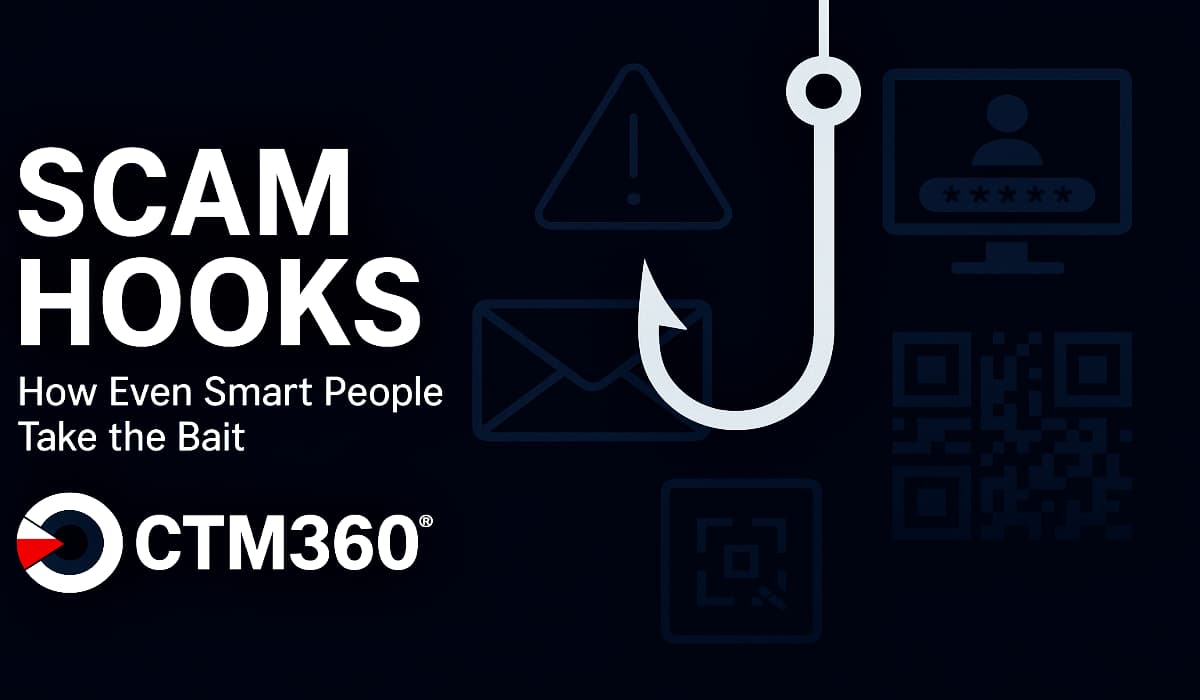Research from CTM360 has unveiled the sophisticated tactics scammers employ to exploit emotions and manipulate victims. This study highlights how modern fraud schemes rely on advanced technologies, such as artificial intelligence, stolen data, and brand impersonation to ensnare individuals and organizations across the globe. The report emphasizes that these scams have evolved beyond traditional phishing methods, creating intricate traps that are difficult to identify.
Scammers now utilize what are referred to as scam hooks, which serve as the initial triggers that prompt victims to engage with fraudulent content. These hooks can take various forms, including alerts, invoices, login pages, QR codes, direct messages, or urgent requests. With the rise of AI technology, these scams are becoming increasingly sophisticated, making them harder for individuals to distinguish from legitimate communications.
Understanding the Mechanics of Scam Hooks
The effectiveness of scam hooks lies not in technical prowess but in their ability to evoke strong emotional responses. Scammers trigger feelings such as fear, urgency, greed, trust, curiosity, and authority to narrow judgment and encourage quick reactions. The landscape of fraud has shifted from a focus on technical breaches to psychological manipulation. As a result, scams seamlessly blend into everyday digital interactions, often disguised as credible alerts or messages from trusted contacts.
For instance, a typical scam might threaten account suspension with a message like, “Your account will be locked in one hour.” Such urgent language compels victims to act swiftly, often without questioning the authenticity of the request. Similarly, fabricated requests from authority figures, romantic appeals, or emergency situations are designed to create a sense of trust and urgency, pushing individuals to make hasty decisions.
Categories of Scamming Techniques
CTM360’s report categorizes these deceptive tactics into four main groups:
1. **Psychological traps**: These exploit emotions through urgency, greed, fear, or event-driven appeals.
2. **Technical and design traps**: These utilize fake logins, look-alike domains, malicious applications, or QR codes to mislead victims.
3. **Social engineering traps**: These manipulate trust by impersonating IT staff, executives, or family members through cloned profiles and fraudulent calls.
4. **Content and media traps**: These lure individuals with fabricated stories, job offers, giveaways, or AI-generated content.
The integration of AI has transformed the landscape of fraud. Scammers use advanced tools such as chatbots for drafting phishing emails and voice cloning to impersonate familiar contacts. According to the report, nearly a third of individuals have encountered AI-driven voice scams, often without recognizing the technology at play. This advancement allows criminals to quickly adapt their methods and create convincing fakes that challenge detection efforts.
Recognizing the Signs of Fraud
While scammers continually evolve their tactics, CTM360’s report provides insights into identifying red flags associated with these traps. By analyzing real-world examples, the report equips individuals and organizations with practical strategies to recognize potential scams before engagement occurs.
Key takeaways include the importance of vigilance and a moment’s pause before responding to suspicious messages. Individuals and businesses are urged to treat digital trust as something to be actively protected in daily interactions. The key to reducing risk lies in awareness, as criminals relentlessly seek to exploit unsuspecting victims.
In summary, CTM360’s report, titled “SCAM HOOKS: How Even Smart People Take the Bait,” underscores that the success of scams often hinges on timing and the emotional state of the victim. As the lines between reality and fraud continue to blur, staying informed and cautious remains crucial in navigating the digital landscape. For a more in-depth understanding of these tactics and preventative measures, readers can access the full report at CTM360’s website.
































































